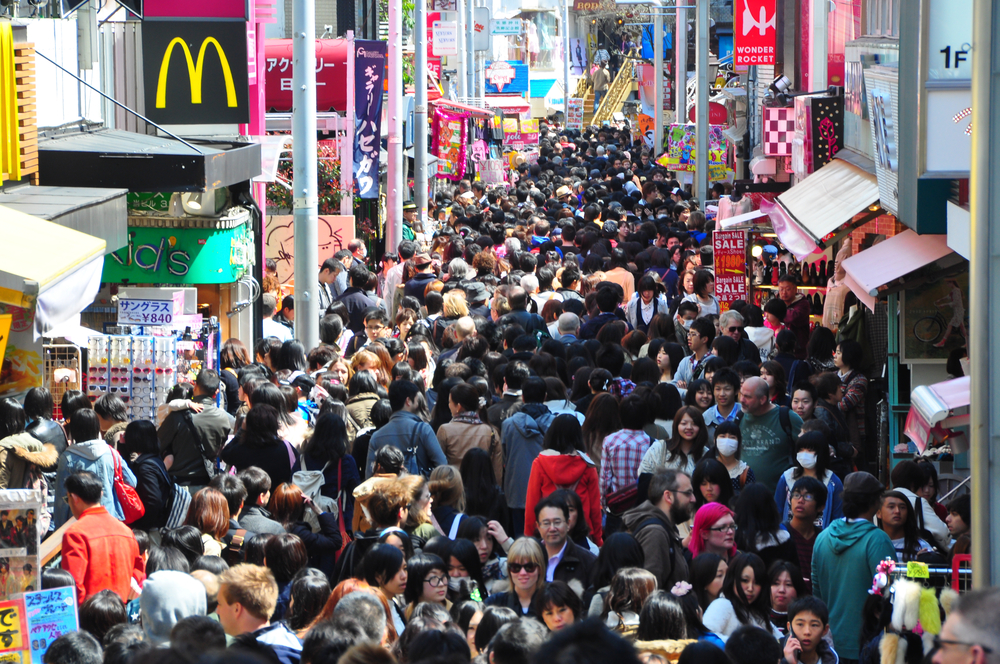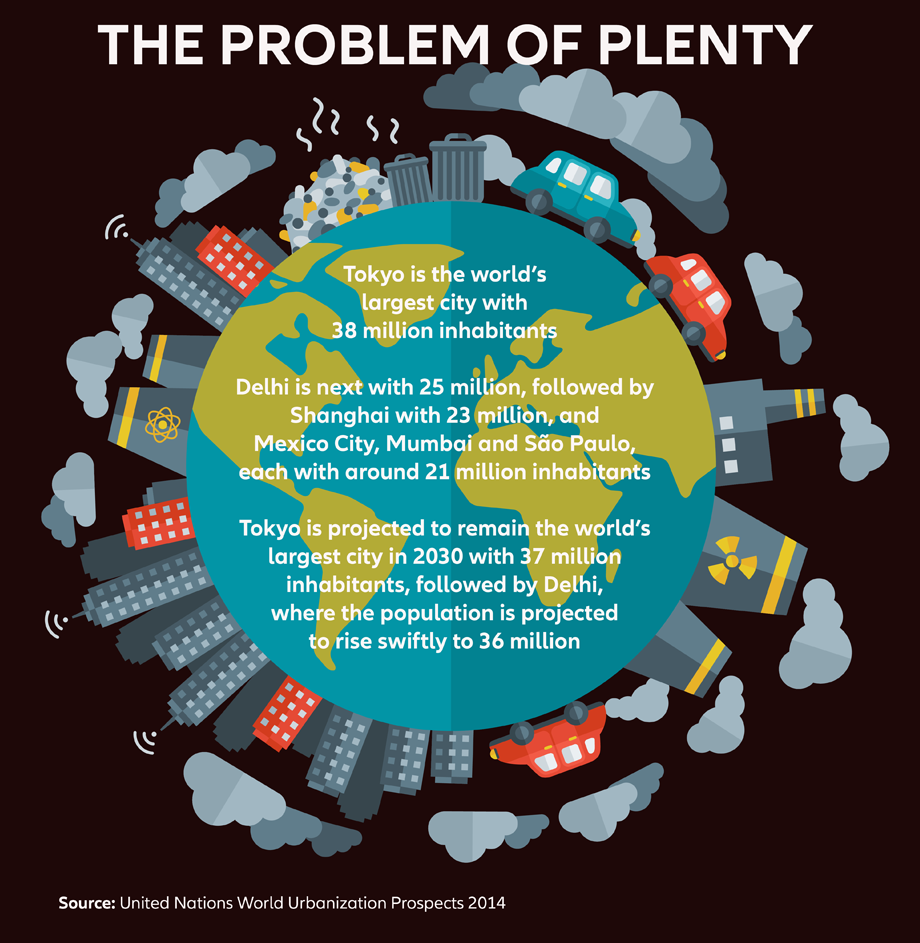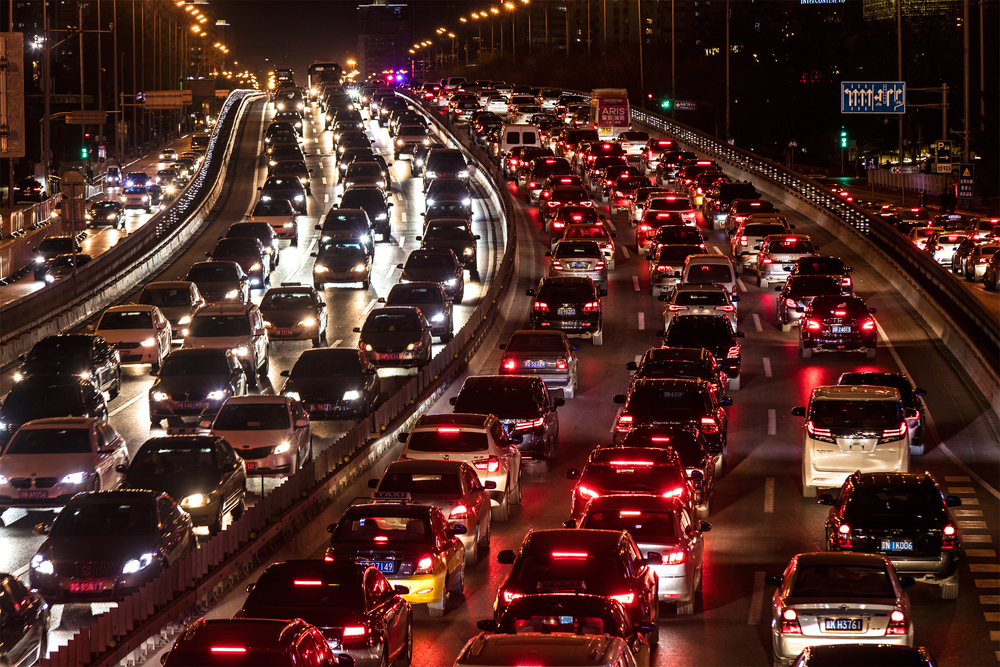In big cities, mobility is an issue whose importance is often underappreciated. The topic was discussed at Urbagora, the first European conference on the future of urban life, hosted this month by the Paris-based Megacities Institute, a not-for-profit organization co-founded by Allianz France. For example, China’s breakneck urban growth has helped propel the country’s economic rise in the past three decades. Today, China has six super-sized cities and another 100 are home to a million or more people.
More urbanites with more money means more wheels on the roads. The number of cars in China has risen from 59 million in 2007 to a little over 300 million in 2017, according to the Chinese Ministry of Public Security.
One consequence is that China now has 10 of the 25 most congested cities globally. Average rush hour speeds in Jinan, the capital of Shandong province in north eastern China, are as low as 20 kilometer/hour – the slowest in the world. Roads in Beijing and Shanghai are frequently gridlocked. China is far from alone in facing mobility issues. In São Paulo, Brazil, half of all adults spend at least two hours a day traveling, which makes the average one-hour daily commute time of New York seem relaxed in comparison.


